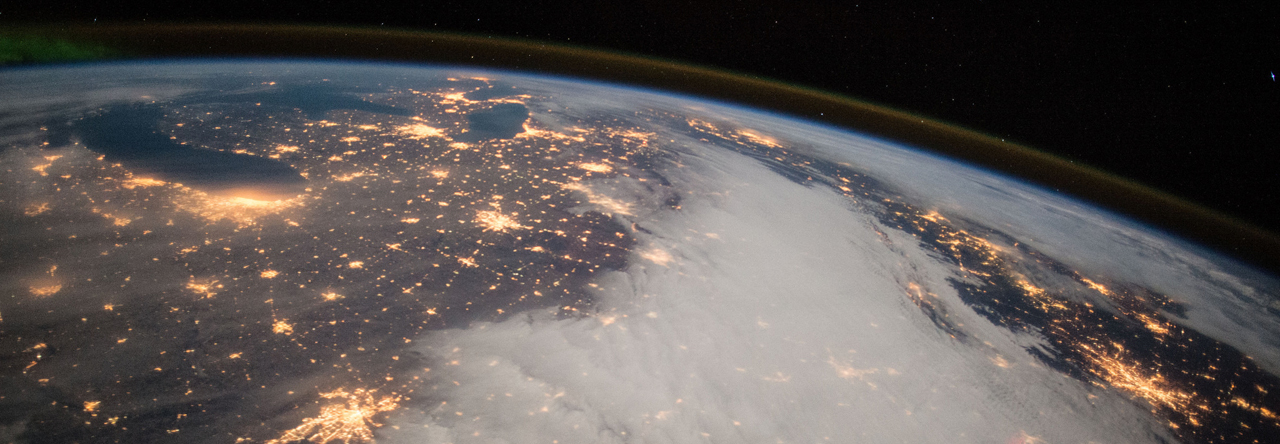
Solar powered parking lot at Arizona State University.
I dislike the word “sustainable.” One hears the word used in the context of food production (“sustainable agriculture”), product manufacturing (“sustainable industry”) and general economic models (“sustainable economy”). Wind and solar power are considered “sustainable energy sources.”
What’s wrong with sustainable? In some ways my negative reaction to the word is visceral and irrational, but I’ll try to explain my feelings. The word seems to imply stasis, a kind of false ideal of human affairs where population is steady, basic needs are met, and the environment is not further molested or abused. If human beings live sustainably, we live in a way that enables us to keep living. This seems reasonable enough, but it’s uninspiring. What about growth and expansion? Those concepts seem incompatible with sustainability. After all, the planet isn’t getting any bigger.

That helium isn’t coming back.
This criticism on my part isn’t really fair. I essentially agree with most of the ideas behind sustainability. There should be less pollution, less waste, less free use of the commons, less mining, less blasting through irreplaceable resources like fossil fuels (and helium, while we’re at it — did you know once that balloon goes up in the air the helium never comes back? It’s an element — you can’t make the stuff). Collectively, human beings should find a way to continue living without wrecking our home planet.
Instead of the word sustainable, I prefer the word restorative. What our environment and world economy needs is radical healing and transformation. Restorative projects create real wealth (food, energy, goods) while leaving the environment and community in better shape than before production efforts started. The classic example is Joel Salatin’s farm (described in Michael Pollan’s book The Omnivore’s Dilemma). Using hyper-modern intensive land management techniques, Salatin’s farm produces high quality organic food while creating rich topsoil and adding natural habitat for local fauna (a nearby forest in an important part of the farming system, functioning as a windbreak among other things). Spain’s Veta la Palma fish farm is another example, where resident biologist Miguel Medialdea engineers a system that not only produces 1,200 tons of tasty seafood annually, but also restores natural wetlands and supports a booming population of birds (some of them endangered species).
Read More



